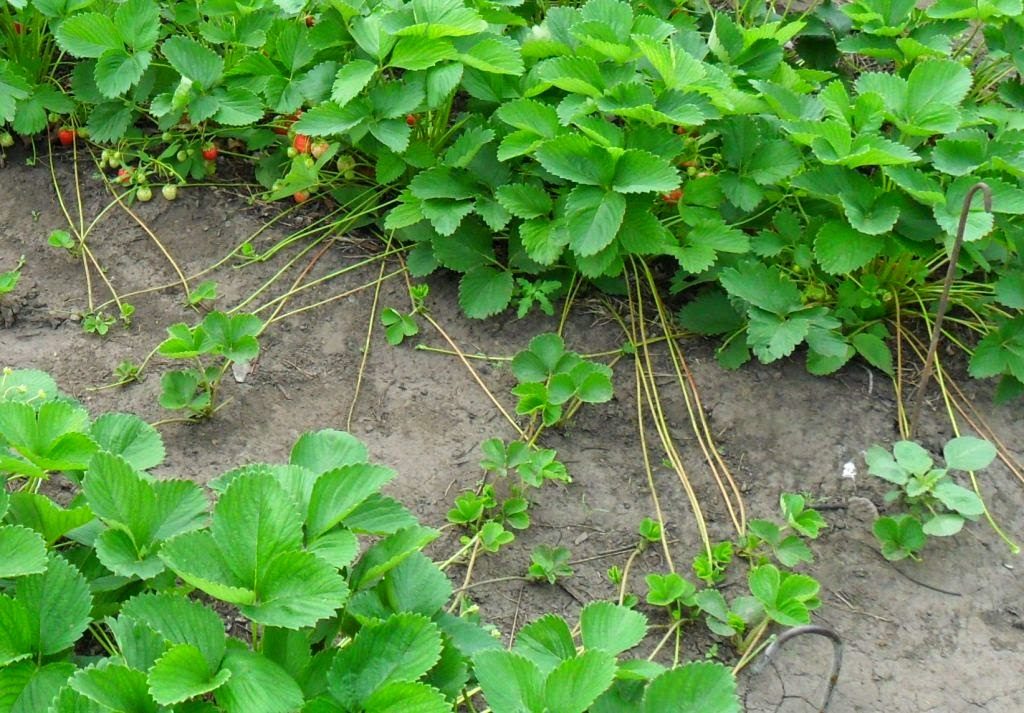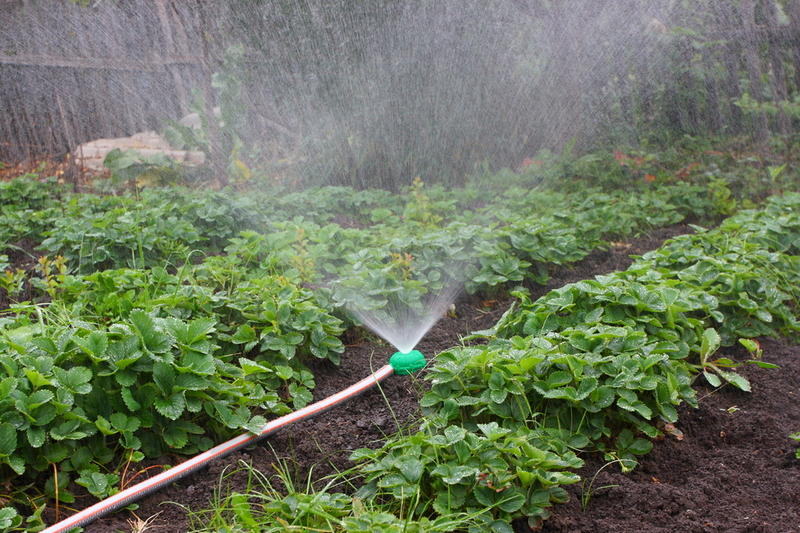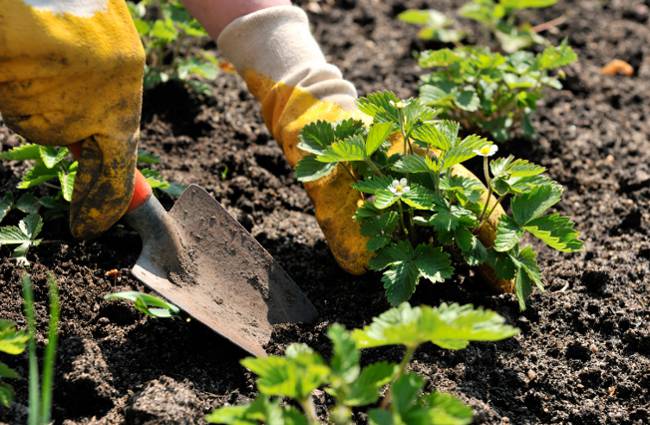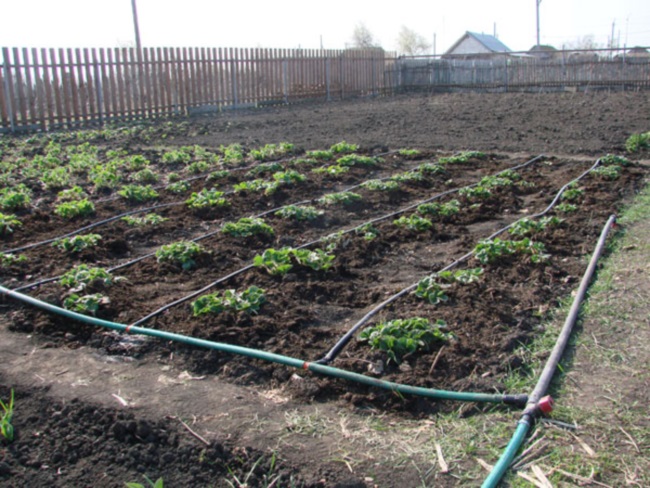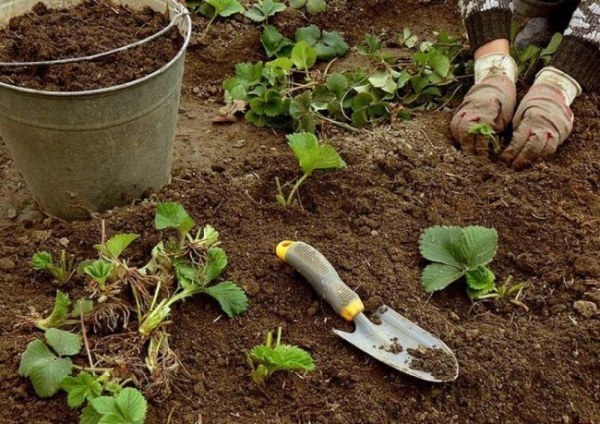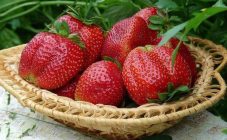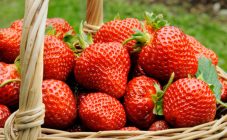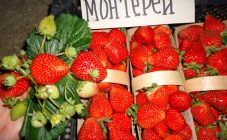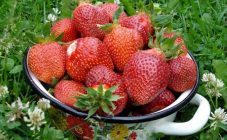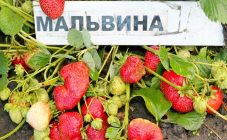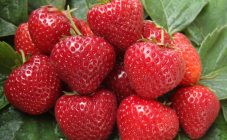Content:
It is difficult to imagine a garden plot without at least a small bed of strawberries. Possessing a bright sweet aroma, these berries will not leave anyone indifferent. An excellent option is to plant Elsanta strawberries. Possessing large berries and at the same time being a high-yielding variety, the variety is very popular among both experienced and novice gardeners.
Historical reference
In 1975 in Holland, a new strawberry variety, Elsanta, was obtained by crossing Holiday and Gorella varieties. The resulting hybrid proved to be very successful, yielding a good harvest of berries with excellent taste. Thanks to this, it has become a recognized reference variety among all the others. Currently, it is used to compare the yield and taste of any other variety. In European countries, 40-50% of strawberry plots are allocated for the cultivation of this variety. After being included in the State Register in 2007, the variety is recommended for zoning in Ukraine, Belarus and the southern territories of Russia.
Variety characteristics
Strawberry bushes make up strong, erect shoots, characterized by medium foliage. Large saturated green, pubescent leaves have a glossy shine and have pronounced folds. The edges of the leaves are slightly curved from below to the inner side.
A striking feature of the variety is in high peduncles on a thick stem. They are flush with the leaves. Up to 5 peduncles can form on one bush. Semi-spreading inflorescences make up a large number of flowers of different sizes. Moreover, all flowers are bisexual, white with a yellow center. The calyx is medium in size with simple horizontal sepals.
Berries begin to ripen in the mid-early period, with a long fruiting period. The berries are large, they can reach 50 g. Due to this weight, from one square. meter of land, you can get up to 1.5 kg of harvest. When describing Elsant strawberries, special attention should be paid to the fruit. Brilliant red, have a special shape. The berries are rounded-conical, distinguished from other varieties by the absence of a neck. The first crop is distinguished by the presence of a light green top on the fruit.
The pulp is firm and sweet, with a subtle sourness. The percentage of sugar is 7.3%, organic acids - 0.77%. This flavor makes the variety extremely sweet. There are no voids inside the pulp, and therefore the berries crunch when eaten raw. Interestingly, it is the presence of this crunch that makes the variety unattractive to some people. On the tasting scale, the taste corresponds to 4.7 points. A large number of yellowish seeds, slightly depressed on the surface of the berry, are clearly visible. When peeling berries, the stalk is separated without effort, without damaging the fruit itself.
In addition to the formation of peduncles, the variety is characterized by a high ability to form a mustache. This greatly facilitates the subsequent propagation of the culture.
Elsanta strawberries are resistant to diseases such as brown and white spot, gray rot. However, the variety is very susceptible to root rot and powdery mildew.
Elsanta can be grown both in greenhouses and greenhouses, and in the open field.When planting a bush in a flower pot at home, you can harvest throughout the year.
In general, the variety is unpretentious to care, since it needs little fertilization. It is important to carefully observe a competent irrigation regime due to the low drought resistance.
Features of agricultural technology
When planting seeds, you should adhere to the following scheme:
- rinse the seeds thoroughly with running water;
- dry the seeds to avoid decay;
- plant seeds in seedling pots 2-3 months before transplanting into open ground;
- the only further maintenance is regular soil moisture.
When planting seedlings, the size of future adult bushes should be taken into account. In this regard, it is recommended to plant plants in 2 rows, located at a distance of 40-50 cm from each other. In one row, a distance of at least 25 cm should be left between adjacent bushes. The holes should be at least 8 cm deep, otherwise the roots will be located close to the soil surface and will be more susceptible to the negative influence of the first frosts.
Transplanting the seedlings of the Elsanta variety should be in September, after the summer heat disappears. This time of year will help the seedlings adapt faster in a new place. When planted in summer, young plants are more exposed to the sun's rays. This provoked leaf wilting negatively affects the development of the root system.
A few days before planting, the soil should be well dug, sorted out and removed old plant roots, weeds and stones. A couple of days before replanting, the soil must be watered abundantly and left to tamp. When planting in a hole, the roots should be well spread, sprinkled with earth and thoroughly tamped over the roots.
After planting, the soil should be watered thoroughly again.
The Elsanta variety has poor drought tolerance. After planting the seedlings, watering should be daily for a month. After a month, it is enough to water once a week. Drying out of the soil during the fruiting period can ruin the entire crop. In hot periods, 1 sq. meter should come 10 liters of water. A good watering option is a drip system.
It is imperative to regularly loosen the soil - every 10-15 days, weeding.
By mid-November, the bush will get stronger in order to survive the winter. To do this, before the onset of frost, the plants should be watered abundantly every day. Otherwise, the lack of moisture in winter will negatively affect future yields. The lack of frost resistance of the variety requires mandatory warming of the beds for the winter.
Sprinkle the beds with a mixture of peat and straw, covering them with a non-woven fabric. The more severe the winters in the region, the thicker the peat layer should be.
Bushes have been actively bearing fruit for three years. After this period, in the fall, the plants need to be dug up and divided into several parts. At the same time, a young shoot with 3 leaves should be present on each part for transplantation.
Advantages and disadvantages
Summing up, we can say that the Elsanta strawberry variety has the following important advantages:
- large berry sizes;
- high dessert taste of fruits;
- early ripening of fruits in the month of June;
- long fruiting period (3-4 weeks);
- attractiveness for commercial use due to uniformity of fruit weight;
- good transport tolerance due to the density of the pulp;
- the ability to store for 3 days without special conditions;
- high yield - up to 1.5 kg per bush;
- resistance to the most common diseases;
- no need for fertilizers, due to the natural ability to harden;
- unpretentious care.
The disadvantages for the variety are:
- exactingness to abundant watering;
- weak drought - and frost resistance;
- fruiting without transplanting only for 3 years;
- susceptibility to root rot and powdery mildew.
In conclusion, we can say that the Elsanta strawberry variety is a good option for growing in a garden. Unpretentious care makes it attractive for novice gardeners. The rich harvest of strong juicy berries tolerates transportation well. The fruits can be eaten both raw and used as raw materials for jams, preserves, compotes and as freezes.

